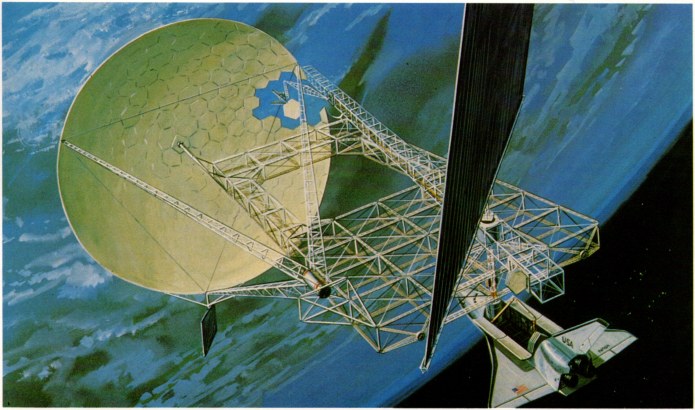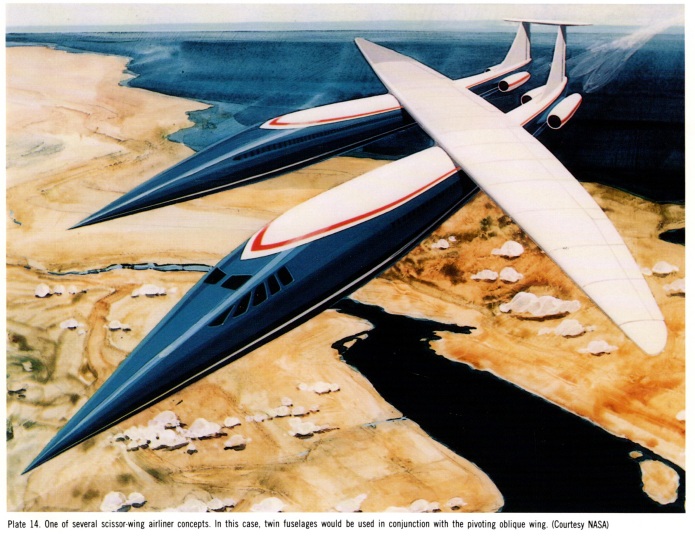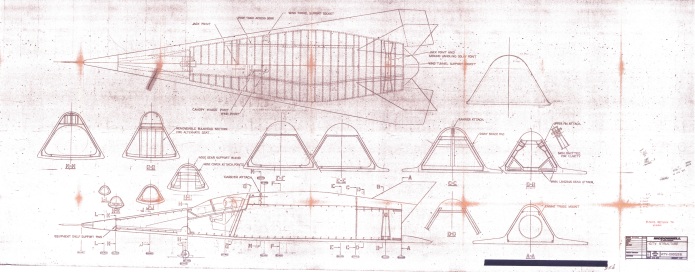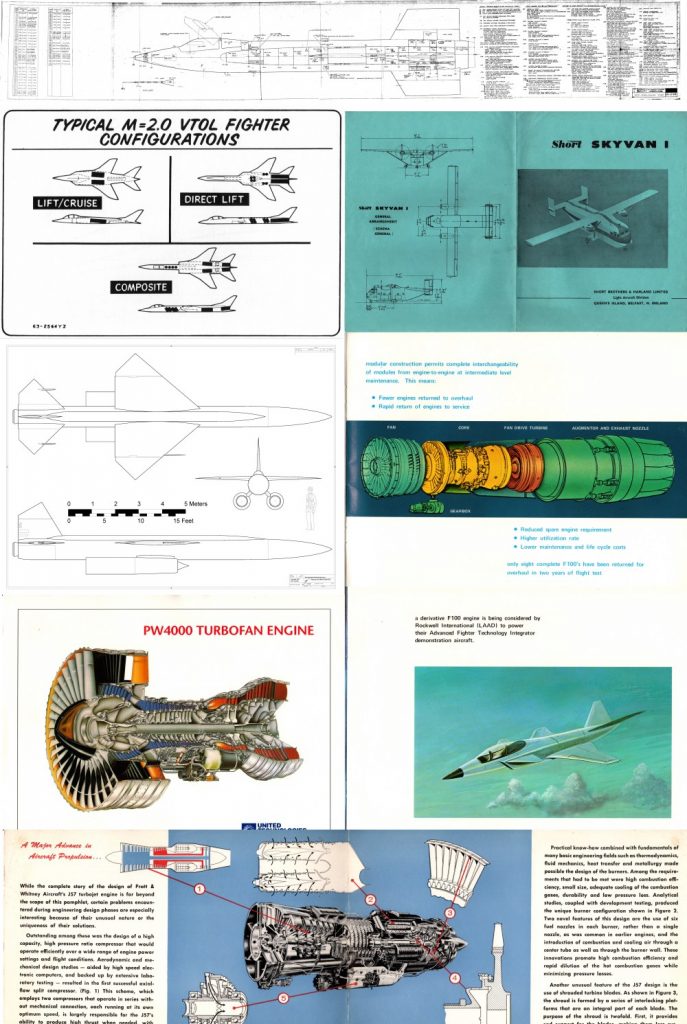China’s Nuclear Powered Super Long-Range Torpedo Concept Fits Concerning Pattern
Article concerns a theoretical weapon the Chinese have written a paper about. A torpedo that can be launched from a normal tube, equipped with a reactor of rather inefficient performance but adequate to drive it across the ocean to San Francisco at 30 knots. There it would drop the reactor which would supposedly safely deactivate and sink into the sand; the torpedo would then guide itself to the target under conventional power.
On the one hand: archives are filled with design studies that went nowhere. One the other hand, it would be unwise to assume that the Chinese *aren’t* developing this. And given their recent history of aggression and technical incompetence, I’d fully expect a large fraction of the reactors to melt down en route, some to deactivate then reactivate, some of the torpedoes to wander off and blow up Easter Island or Fiji, or just bob around in the ocean until rammed by a fishing vessel or a deafened whale. Still, it’s interesting to note that the Commies are threatening San Francisco. Gotta wonder how the commies of San Fran and Berkeley would react to the sudden appearance of a radioactive tsunami a few meters high washing into town. I imagine the radiation wards will be filled with plaintive cries of “Trump’s fault!” and “white privilege!”








